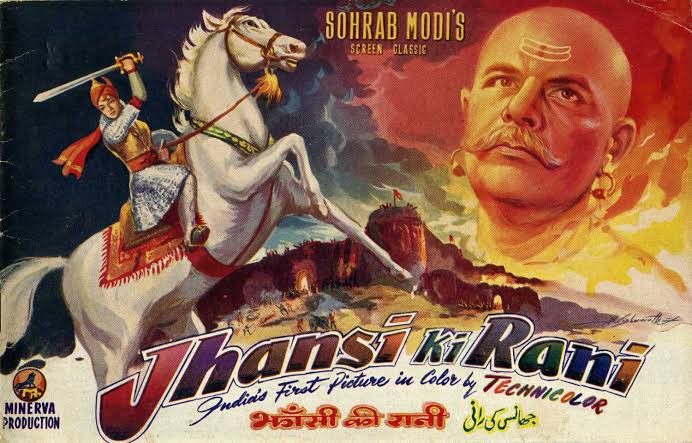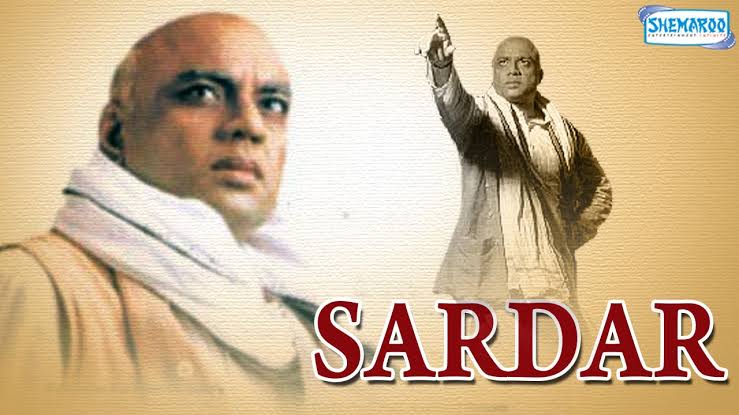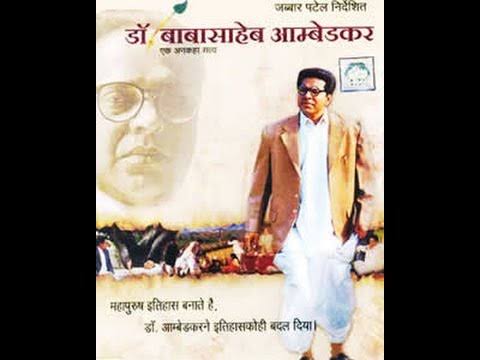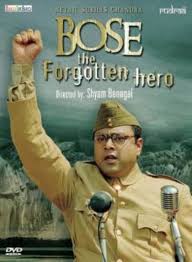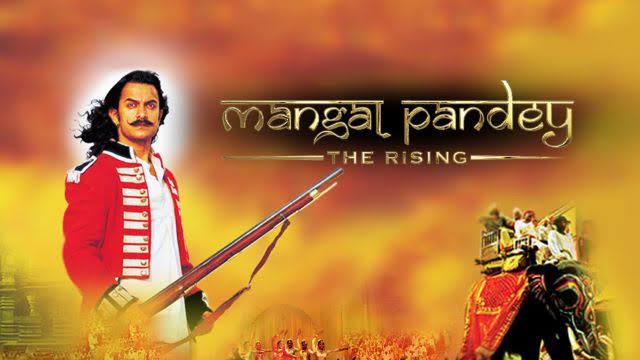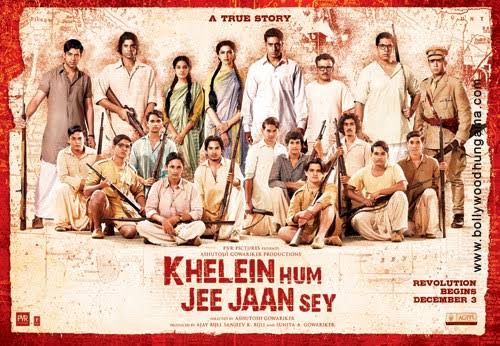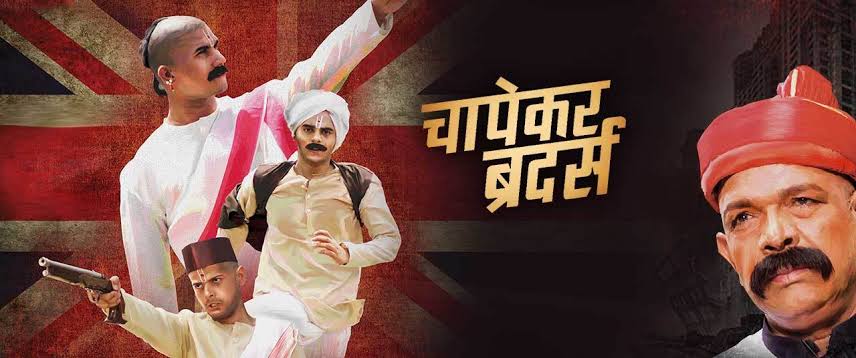Cinematic avatars of our freedom fighters
With a lot of Indian films revolving around the national struggle for Independence, here are a few that focus primarily on the lives of the freedom fighters.
India’s struggle for independence is a long saga of oppression, injustice, rising protests, blood baths and heroic episodes. This historic movement sailed at the helm of the freedom fighters whose vision, patriotism and clarion call reverberated with the masses. If we didn’t have such visioned and dedicated leaders, this historic success would not have been possible.
To reach this heroic saga to the audience, the tinsel town has always opted for the cinematic adaptations of the episode. While majority of them focus on the struggle in totality, here are a few biopics that give a glimpse of the lives of some of the freedom fighters.
Jhansi Ki Rani (1953)
Jhansi Ki Rani, India’s first film in colour, is a biopic of the valorous Indian freedom fighter Rani Laxmi Bai, on the silver screen. A Sohrab Modi directorial, this film is staged in the backdrop of India’s first mutiny in 1857. The film portrays the development of the movement with a special focus on the queen who not only took the responsibility of her kingdom after the king died but also fought against the British troops and didn’t give in to their gigantic army even after losing the battle.
The 96 minutes long film, one of the most expensive cinematic projects at that time with a budget of INR 6 million, did not fare well at the box office.
In 2019, Kangana Ranaut starrer Manikarnika: The Queen of Jhansi again took Rani Laxmi Bai’s story to the silver screen.
Shaheed-e-Azad Bhagat Singh (1954)
When it comes to freedom fighters, Bhagat Singh seems to be Indian film industry’s favourite hero. Majority of such biopics are dedicated to Singh, with 1954 film Shaheed-e-Azad Bhagat Singh being the first and the national award winner The Legend of Bhagat Singh (2002) and Shaheed: 23 March 1931 (2002) being the latest ones.
Singh was an Indian socialist revolutionary who was dead against Gandhi’s philosophy of non-violence and strongly advocated the violent overthrow of Britishers from India. He had a great impact on the youth. Singh was hanged along with two other great leaders Rajguru and Sukhdev by the British officials, at the young age of 23 for his revolutionary acts.
Gandhi (1982)
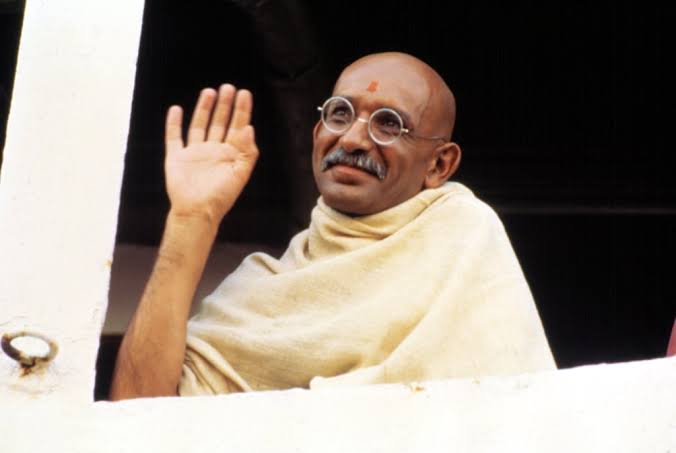
The film won an Oscar for the brilliant portrayal of the role of Mahatma Gandhi in India’s struggle for independence
A Richard Attenborough film, Gandhi narrated the tale of Mahatma Gandhi, an important Indian politician who reiterated the importance of non-violence. Often called, the father of the nation, Gandhi had his own ways of fighting the British and had a huge influence on the masses. This Oscar-winning film fared well across the globe; Prince Charles and Princess Diana attended a special screening of the film. Gandhi was also recorded in the Guinness Book of the world record for casting over 0.3 million extras in the funeral scene alone.
The story of Gandhi was replayed in the theatres with Shyam Bengal’s 1996 film Making of the Mahatma, a cinematic adaptation of Fatima Meer’s book The Apprenticeship of a Mahatma. The movie primarily focussed on Gandhi’s 21 years spent in South Africa.
Sardar (1993)
Ketan Mehta’s directorial Sardar (1993) narrated episodes from the life of Sardar Vallabhbhai Patel, the Iron Man of India. The film also showed his differences with Jawaharlal Nehru, India’s first Prime Minister, besides his pivotal role in integrating the princely states with the Indian territory. Patel later became India’s first home minister and deputy prime minister.
This Paresh Rawal starrer was screened retrospective on August 12, 2016, at the Independence Day Film Festival jointly presented by the Indian Directorate of Film Festivals and Ministry of Defence, commemorating 70th Indian Independence Day.
Recently, a statue commemorating Patel namely Statue of Unity was inaugurated in Gujarat. With a height of 182 metres, it is the world’s largest statue.
Dr Baba Saheb Ambedkar (2000)
The cinematic adaptation of the life of Dr Baba Saheb Ambedkar, the architect of the Indian constitution is an English film which was later dubbed and released in nine other Indian languages. A Jabbar Patel directorial, the film was well-received by the audience and received national awards. The three-hour-long film was a combined project of the Ministry of Social Justice and Empowerment and the government of Maharashtra. Malayalam actor Mammootty delivered Ambedkar’s conviction for independence, justice and upliftment of the downtrodden with excellence.
Shaheed Udham Singh (2000)
Known for single-handedly avenging the 1991 Jallianwalla Bagh massacre, in which fire was broken upon innocent residents celebrating Baisakhi, a harvest festival celebrated in Punjab. Singh, whose valour gained recognition much later, was an ardent follower of Bhagat Singh. The Raj Babbar starrer 2000 film Shaheed Udham Singh portrays how Singh dedicated his entire life to punish Michael O’Dwyer, the British lieutenant-governor of Punjab, who had led the massacre.
Netaji Subhash Chandra Bose: The Forgotten Hero (2004)
Another Shyam Benegal directorial, Netaji Subhash Chandra Bose: The Forgotten Hero, is a five-hour-long film that gives a glimpse of Bose’s life in Nazi Germany, Japanese occupied Asia and the formation of Azad Hind Fauj, an armed force of Bose that aimed to free India from the grip of British rule. The film, however, does not portray the controversial death of this legend. This biopic acclaimed international recognition at BFI London Film Festival and also bagged National award for the best feature film on national integration and best production design.
Mangal Pandey: The Rising (2005)
Aamir Khan starrer Mangal Pandey: The Rising marked Ketan Mehta’s second biopic directorial. This cinematic adaptation of Mangal Pandey’s life justly portrayed how Pandey, an Indian sepoy waged the first war of independence in 1857. He was the first one to protest against the new cartridge that contained cow’s as well as pig’s meat, introduced by the British.
The film also premiered in 2005 Cannes Film Festival and was the fourth highest-grossing film of 2005 in India.
Khele Hum Jee Jaan Se (2010) and Chittagong (2012)
Both the films showcase the uprising in Chittagong (now a part of Bangladesh) led by the Bengali revolutionist Surya Sen and his disciples. A former school teacher, Sen also worked in close association with another freedom fighter Sarat Chandra Basu who was at the helm of the non-cooperation movement in Bengal.
The first biopic Khele Hum Jee Jaan Se, directed by the Ashutosh Gowarikar, is a cinematic adaptation of the book Do or Die by Manini Chatterjee and shows how a bunch of school kids became the part of the national struggle against British Raj (British rule). The second film marked the directorial debut of Bedabrata Pain who won national award for the same.
Chapekar Brothers (2016)
Set in a small hamlet near Pune, Chapa, Chapekar Brothers (2016) paints a picture of the bubonic plague that had gripped several parts of the world, including Chapa that resulted in several deaths and clearance of about half of Chapa. To monitor the plague epidemic, a special plague committee was formed which was chair manned by the Indian Civil services officer, Walter Charles Rand. However, when in the name of examination, breaking into the houses and forced stripping, often staged in public spaces, began, the Chapekar brothers took it upon themselves to give the British a taste of their own medicine.
A directorial of Devedar Kumar Pandey, Chapekar Brothers had to face the wrath of censor board for a scene in which the brothers were murdering a Christian missionary for converting Hindus to Christianity. The matter was later subsided when Bal Thackeray supported the film. Bal Gangadhar Tilak had also played an important role in the Indian revolutionists. so I think the movie should also be made on it.

